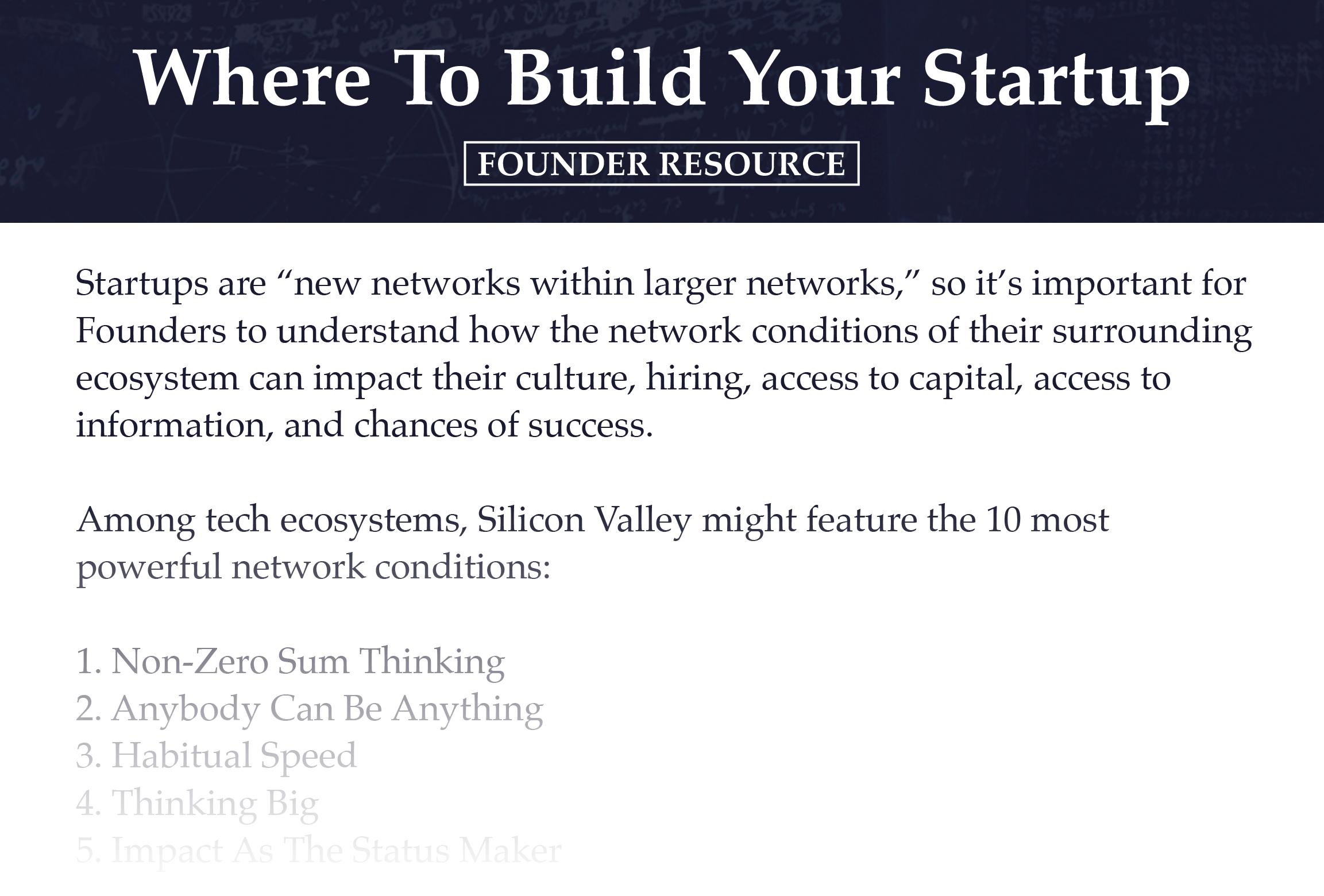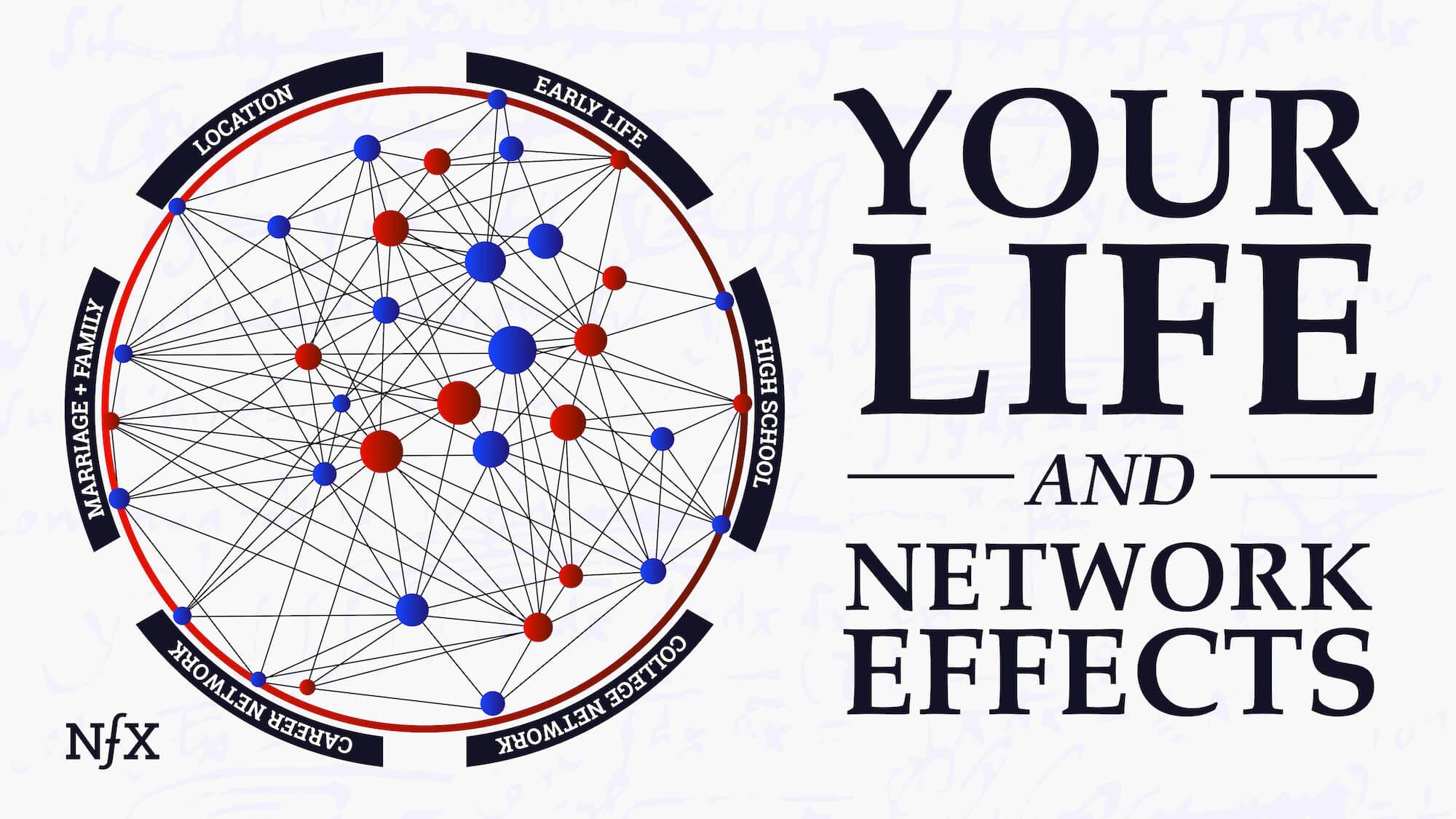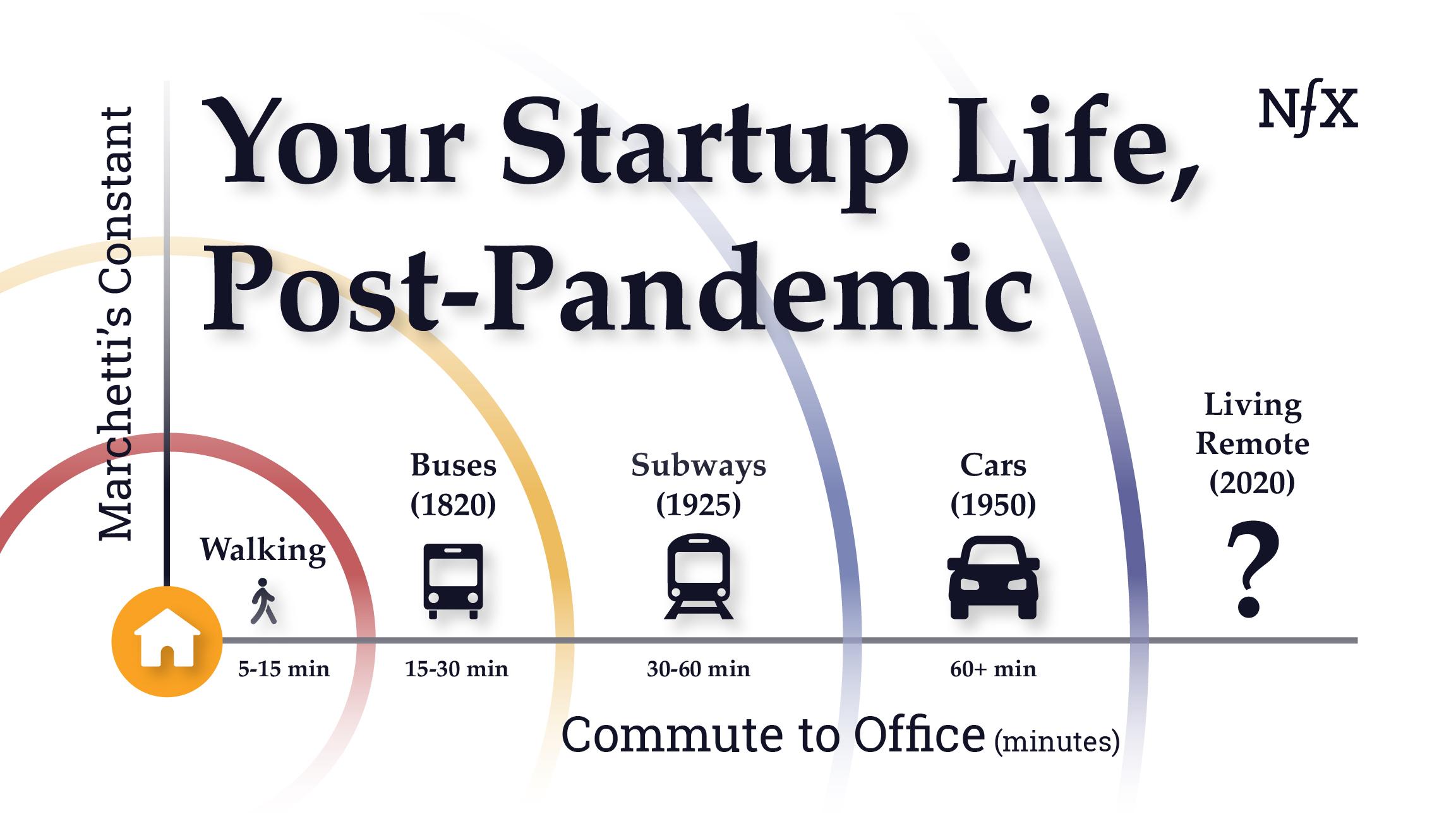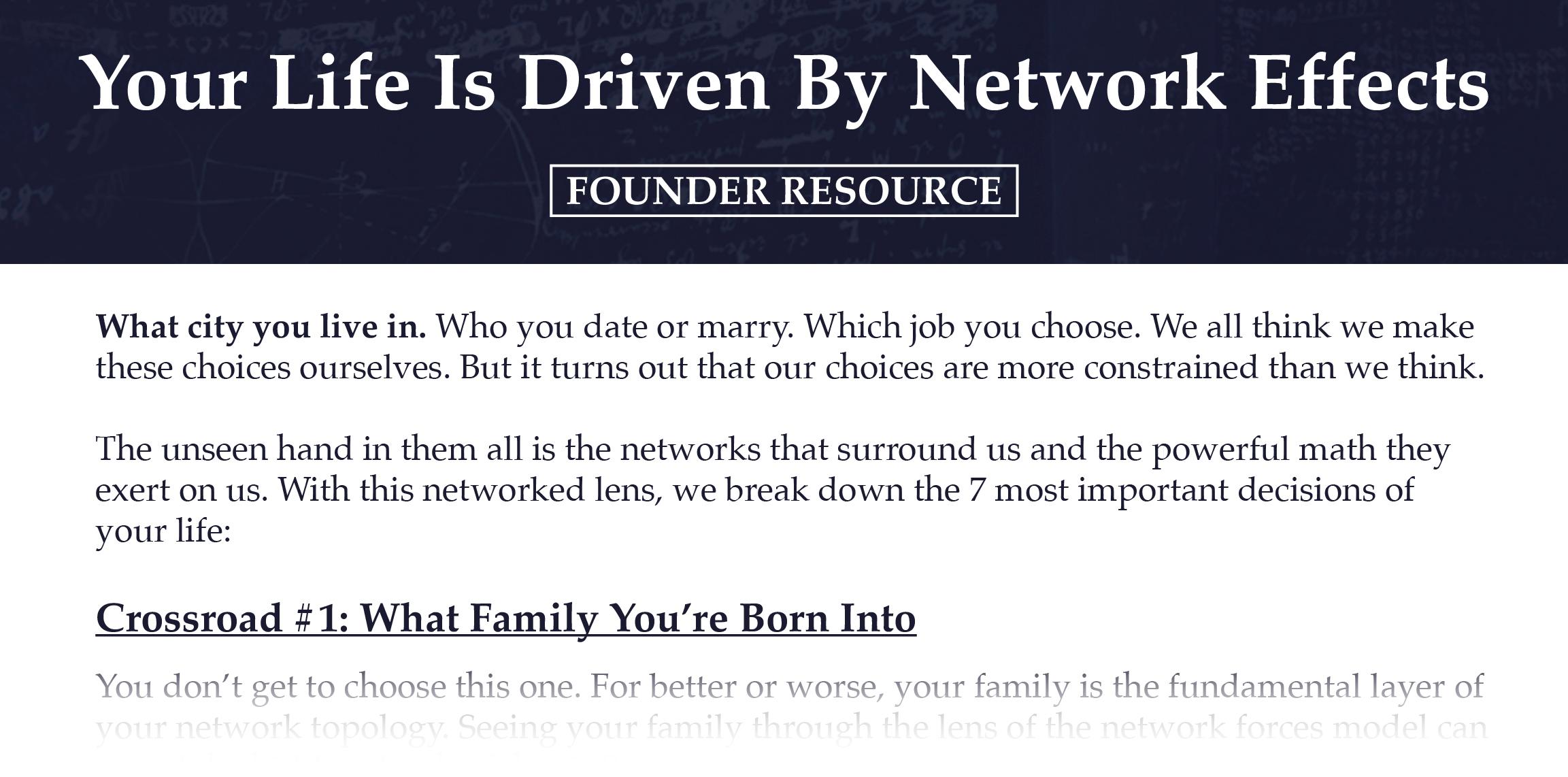‘Marchetti’s constant’ is the average time someone spends commuting each day: 60 minutes total, or a 30-minute radius from where you live. Entire cities, communities, and companies have been built around this rule, and it has barely changed since the Roman era.
Suddenly, Marchetti’s constant breaks. Now, for easily one-third of the U.S. workforce and arguably most tech startups, where we live has been radically unbundled from where we work.
Underlying this are divergent tectonic shifts between the labor market and the real estate market, which have major implications for the future of cities and our homes — and for startup Founders and their teams.
- Where are your employees going to live?
- How will compensation change?
- How often can they come to the office?
- Will you even have an office?
- If you do, how will you reformat your office, both in terms of lease agreements as well as physical reimagining of the space for new needs?
- What will you prioritize when your team is together in the office?
- What are new expectations around home life that might affect your team?
- What new kinds of competitive benefits and perks might become important? Might travel budgets and home Pelotons become the major new perks, instead of catered lunches and a cool downtown?
- Overall — how might you gain or lose ground as homes are untethered from offices?
To set the macro context for startups as they begin to formulate long term answers to these deceptively simple questions, I turned to my friend Jed Kolko. He is now the Chief Economist at Indeed, and previously the Chief Economist working with me at Trulia. Below are key takeaways from our conversation.
Few people can see what Jed sees about the relationship between real estate and labor markets and the downstream effects of their recent untethering. And, ultimately, what this means for startup life after the pandemic.
Now, and in the years to come, Founders will need to design their startup teams in all-new ways. Today is the beginning of building a new playbook for startup life.
Key Shift #1: The Ongoing Unbundling Of Where You Live And Where You Work
- More of us will be working remotely once the pandemic is over than we did before the pandemic started. There will be a permanent increase in people working remotely — or going into the office less often.
- Historically, the fundamental economic relationship between labor markets and real estate markets is that generally speaking people live and work in the same metropolitan area.
- Part of the boom in residential living in many urban neighborhoods and cities that we saw over the past 10 years had to do with people wanting to have a shorter commute to work, wanting to be able to take transit or cycle or even walk to their jobs.
- Remote work really changes that relationship. Remote work means that people end up being able to live farther away from their jobs.
- But it’s not a binary option between remote work and in-office work. There are an inordinate number of degrees in between.
- Some people might only go into the office once a week. Or twice a week. Or once a month. Or basically never. This is very different from going in routinely every day, at the same time, all together, as most people still were before the pandemic.
- They might be able to manage an occasional two-hour commute rather than wanting to be within half an hour of where they work.
- Remote work, therefore, means that how a local labor market is doing will end up having less to do with how the local housing market is doing, or how the local commercial real estate market is doing, than in the past.
- We could therefore see people moving farther away from downtown headquarters, but still within the same larger labor market.
- We can also see people moving completely away from that local market.
- Both scenarios have big implications both for residential and for commercial real estate.


Key Shift #2: Commercial Real Estate, Reimagined
- This creates big questions about the demand for commercial real estate.
- The fundamental expectation is that there’s going to be a continued meaningful reduction in required office space and the reformatting of existing office space.
- There will be both opportunity and pressure for some of that reconfiguration.
- In a world where you have people commuting to the office only one or two days a week, obvious tensions in real estate arise.
- Organizations want the staff’s office time to be more coordinated and more intentional.
- It’s hard to have that both ways: to cut way back on your commercial office space and to also make it possible to bring everybody together regularly.
- Commercial real estate could take a few steps toward being internal conference space — space that’s designed to bring people together intentionally as opposed to when people come in for solitary work.
- That could mean fewer desks, more conference rooms, more flexible spaces, and so on.
- If more of the time people spend in the office are people actually traveling longer distances to work, maybe even staying overnight or for part of a week as opposed to daily commutes, that puts pressure on and potentially opens up new models for different kinds of configurations and sharing.
- Opportunities for startups:
- How to share commercial real estate better.
- Everything from how to schedule rotating or shared use of space to be much more flexible.
- Tools for finding and renting a commercial space, event space.
- There will be strong demand for ways for companies to bring together people who are working remotely, in a much more intense way than in the past. Many of us have been in a world where yes, we do travel to headquarters to visit other offices in sort of an ad hoc way. But I think a lot of companies will be shifting to a world where many people are working remotely — and when they come together it is very intentional and very coordinated and that time becomes that much more precious. Efficient and engaging and productive.
- All of this so much depends on the details of remote work.
- It’s really different if someone is working 90% of the time remote and coming in once every other week.
- As opposed to someone who’s working 99% remote and can live anywhere and is only coming in for an offsite once a quarter and needing to stay overnight.
- Those two scenarios have hugely different implications for where people might live and what the office space might look like.
- Maybe converting some commercial space to being more hotel-like space for employees where space is bookable and private and flexible event space that can be reconfigured for smaller gatherings to “ballroom” like experiences.
- It could also mean other services like Codi — flexible workspaces closer to where they live, working from flexible private residences instead of rigid office buildings — become a preferred option for employees.
Key Shift #3: New Considerations For Where To Live
- Many people are taking advantage of this moment to accelerate some housing decisions they would have made anyway. Buying their first home, moving to a good public school district — there may be people who planned to do that 2 or 5 years from now and are moving that up in this period. They want more space now and because they can see a longer-term need to work from home. Many of these people are leaving high-cost cities for larger suburbs.
- Another trend is people (either out of work or unbound from a physical HQ) checking out places they haven’t lived before. Thinking about temporary moves that are largely going to be rentals, partly out of experimentation, but also because in a pandemic people are less likely to take risks.
- People who are in a job that they’re likely to be in for a long time, people who already have really strong professional networks that can therefore be maintained virtually, or people who already have funding — those are the types of people or companies that might find it easier to move.
- People think about leaving not only if their current job lets them, but also if their future job search might also be remote.
- They also don’t need as much in-person interaction as people who are starting out or people who are earlier in their path. Virtual communication is much better at maintaining relationships than building new ones.
- Whereas other people will find that they want to stay connected geographically to their city clusters and personal and professional networks.
- But for someone who can work remotely in their current job but might want to be on the job market again in the next year or two and might be looking at jobs that aren’t remote, those people are a lot less likely to leave their cluster.
- I think the biggest change over time for cities is whether some cities become unlivable because of climate change and other environmental shifts. These are places that are near or below sea level, that are at risk of floods or hurricanes or wildfires and smoke. They may become much less livable putting pressure on other cities that face fewer of those stresses. Especially 20 or 30 years out, we could see very big shifts from cities at risk from climate change, to cities less at risk.
Key Shift #4: Cities Change From Centers of Production to Destinations of Consumption
- We are likely to see changes in real estate prices for a lot more urban neighborhoods, where there could be lower demand at least initially. But that doesn’t mean that housing disappears.
- It means that housing might become more affordable and therefore the reasons that people choose to live in cities and in dense neighborhoods change.
- Some of the biggest changes might be around why people choose to pay the premium to live in cities. It may be less around proximity to jobs and professional opportunities and more about proximity to entertainment, people, and social opportunities.
- People could be wanting to live in cities for consumption rather than production.
- The value of things that are face-to-face and in-person will remain. There are pretty basic human needs about wanting to work and socialize in person. Cities have long been not only labor markets, but also dating and marriage markets.
- Some of that moves online, but as so often is the case as technology advances, online experiences ended up reinforcing and complementing real-world experiences rather than substituting for them.
- That kind of demand will still be with us.
- In some ways, this could make cities much better. If you have more people who are living in cities because they want to be in the cities for personal reasons rather than just because that’s where their job is.
- In this scenario, a city’s primary constituent is the population, not the corporations.
Key Shift #5: The Transportation Spiral
- We need to transform transportation as people commute less, especially if public transit ends up in a downward spiral.
- Some of the most productive cities are highly dependent on infrastructure-heavy mass transit systems.
- There’s a real risk that we get into a spiral where people are using mass transit less, transit finances suffer, services continue to get cut back, which causes more people to look for alternatives to mass transit, leading mass transit to be more infrequent and less useful for those who can afford alternatives.
- How can you get people from near and far into dense downtowns, if mass transit isn’t at the level of what it used to be? I think that’s probably the most challenging question, but longer term, this is not necessarily something entirely on the private sector to fix, certainly some of that is on the public sector to fund. There are lots of models of transportation from around the world that are a mix of public and private.
- There are huge long-term opportunities for figuring that out.
Key Shift #6: Unemployment Kickstarts Dislocation
- The U.S. is in better shape right now than almost everybody predicted back in the middle of 2020. Unemployment is much lower than expected. But the true economic picture isn’t quite as good right now as it looks. A lot of the initial rebound, a lot of the improvement has simply been the easier gains.
- Companies that were bringing people back who had been temporarily furloughed. So we got a lot of the easier gains in the labor market in this recovery over the summer.
- We had some service sectors that rebounded quickly, like hair salons, beauty shops, dentist offices. People were catching up on the services they couldn’t have done during a shutdown.
- But there’s a growing amount of longer-term chronic damage. It’s been building. We’re now accepting that many people are permanently unemployed rather than temporarily laid off.
- Even when you look at the kinds of sectors where people can work from home like tech and finance — there have been job losses almost as steep as in the great recession from 2008, 2009, 2010. Obviously not as much damage as in hospitality and tourism, but still a significant amount in historical standards.
- It will be a long time before we get back to the 3.5% unemployment rate from February 2020 right before the pandemic took hold in the U.S.
Market dislocations, while distressing, create incredible opportunities. As builders of startups, we see the chance to unlock long-term value, both by reconfiguring our startup organizations around these key shifts, as well as by thinking about how we might innovate critical new solutions for the future of our cities.
You can listen to the podcast conversation here.


As Founders ourselves, we respect your time. That’s why we built BriefLink, a new software tool that minimizes the upfront time of getting the VC meeting. Simply tell us about your company in 9 easy questions, and you’ll hear from us if it’s a fit.


